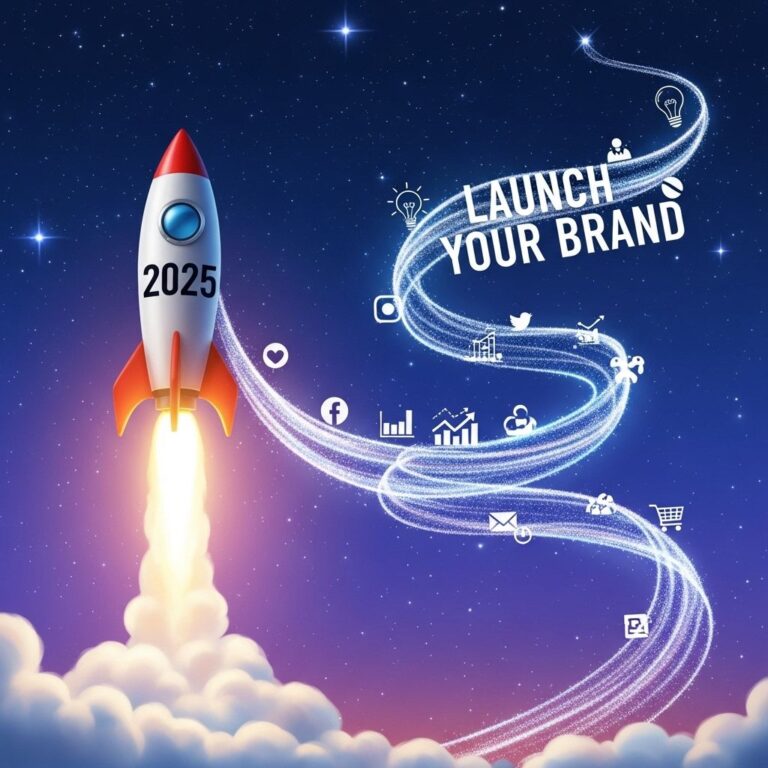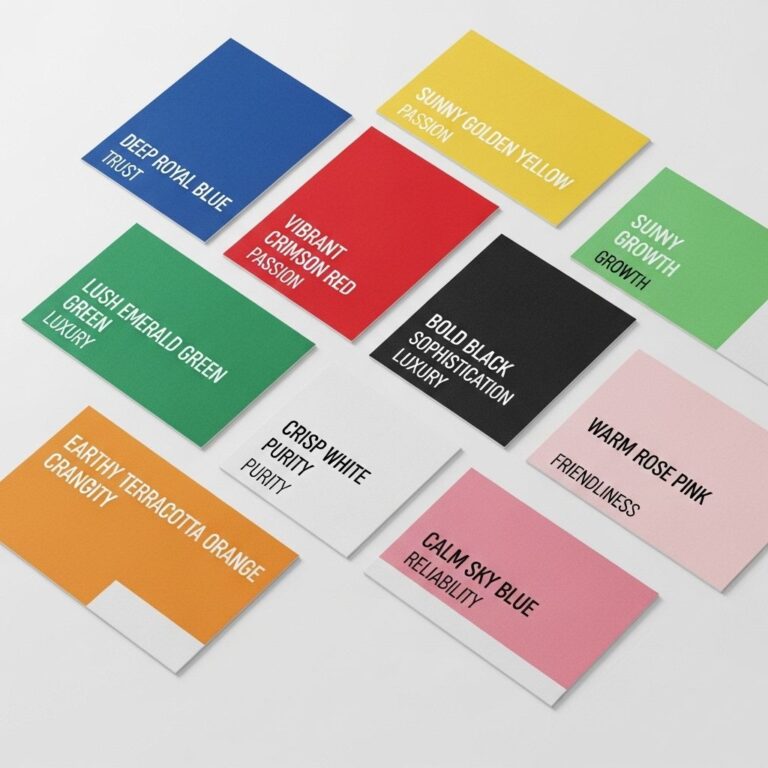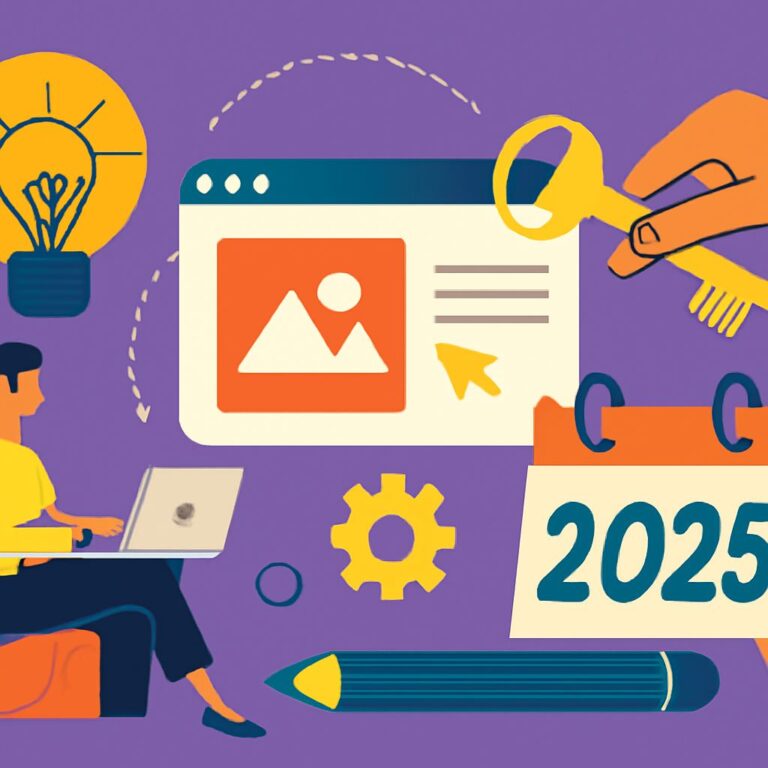In the rapidly evolving world of branding, having a solid identity is crucial for any business or organization. A strong brand identity not only communicates your values and mission but also sets you apart from competitors. To effectively create and maintain this identity, designers rely on a variety of tools. In this article, we will explore ten essential tools that can help you craft a compelling brand identity.
Table of Contents
Understanding Brand Identity
Before diving into the tools, it’s important to grasp what brand identity encompasses. Brand identity is the visible elements of a brand, such as color, design, and logo, that identify and distinguish the brand in consumers’ minds. It consists of:
- Logo Design
- Color Palette
- Typography
- Imagery
- Brand Voice
1. Adobe Illustrator
Adobe Illustrator is a vector graphics editor that is essential for creating logos and other brand assets. Its powerful tools allow designers to create scalable graphics that maintain high quality at any size.
Key Features:
- Versatile drawing tools
- Advanced typography options
- Layer management
- Extensive export options
2. Canva
Canva is an online design platform that makes it easy for non-designers to create visually appealing graphics. With a drag-and-drop interface, users can access templates for social media, presentations, and more.
Benefits:
- Wide variety of templates
- Collaboration features
- Accessible for beginners
3. Sketch
Sketch is a vector-based design tool primarily used for web and mobile UI/UX design. Its user-friendly interface and focus on digital design make it a favorite among many designers.
Advantages:
- Symbols and reusable elements
- Artboards for easy layout management
- Integration with plugins for extended functionality
4. Figma
Figma is a web-based design tool that enables real-time collaboration. This feature makes it perfect for teams working on brand identity as multiple team members can provide feedback and contribute simultaneously.
Why Use Figma?
- Real-time collaboration
- Cross-platform functionality
- Prototype and design in one tool
5. Adobe Color
Choosing the right color palette is crucial for brand identity. Adobe Color helps designers create harmonious color schemes by using the color wheel and exploring trending palettes.
Features Include:
- Color wheel for creating schemes
- Access to popular color palettes
- Ability to upload images for color extraction
6. InVision
InVision is a digital product design platform that helps designers create prototypes and animations. It’s particularly useful for demonstrating how brand elements work together in a digital interface.
Features and Tools:
- Interactive prototyping
- Collaboration tools
- Design handoff for developers
7. Brandfolder
Brandfolder is a digital asset management tool that helps brands organize, share, and distribute their brand assets. This ensures that everyone is using the correct logos, fonts, and images, maintaining brand consistency.
Key Features:
- Centralized library for brand assets
- Customizable sharing options
- Analytics to track asset performance
8. Looka
Looka is an AI-powered logo maker that allows users to create logos based on their preferences. This tool is great for startups or individuals needing a quick logo solution without extensive design knowledge.
Benefits of Looka:
- AI-driven design process
- Variety of logo styles and options
- Brand kit with color palette and fonts
9. Typewolf
Typography plays a crucial role in brand identity. Typewolf is a resource for discovering and using the best web fonts, providing inspiration and practical choices for designers.
Resources Available:
- Font recommendations and pairing ideas
- Examples of typography in use
- Guides on web font usage
10. Google Fonts
Google Fonts provides a large selection of free, open-source fonts that can be easily integrated into websites and marketing materials. This tool offers designers a vast array of typography options that promote brand identity.
Advantages of Google Fonts:
- Wide selection of fonts
- Web-friendly and easy to implement
- Constantly updated library
Conclusion
Developing a strong brand identity is a multifaceted endeavor that requires the right tools and strategies. From creating compelling logos to selecting the perfect color palette, the tools we’ve discussed play an essential role in the design process. By leveraging these resources, designers can create cohesive and memorable brand identities that resonate with their audience and stand the test of time.
FAQ
What are the best tools for creating a brand identity?
Some of the best tools for creating a brand identity include Adobe Illustrator, Canva, Sketch, Figma, and CorelDRAW.
How can I use color theory in brand identity design?
Color theory can guide your choices in brand identity design by helping you select colors that evoke the right emotions and align with your brand values.
What role does typography play in brand identity?
Typography is crucial in brand identity as it conveys personality and tone, making your brand instantly recognizable.
Why is a brand style guide important?
A brand style guide is important because it ensures consistency across all branding materials and helps maintain the integrity of your brand identity.
Can I create a brand identity without a designer?
Yes, you can create a brand identity without a designer by using online tools and templates, but professional help can enhance the quality and effectiveness of your brand.









